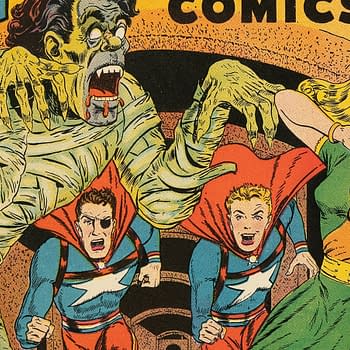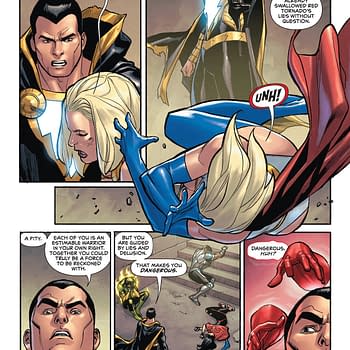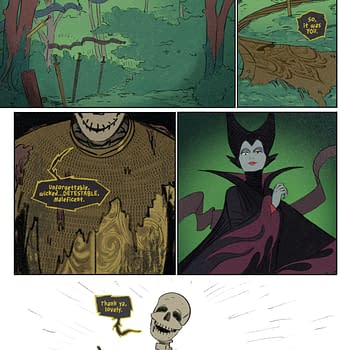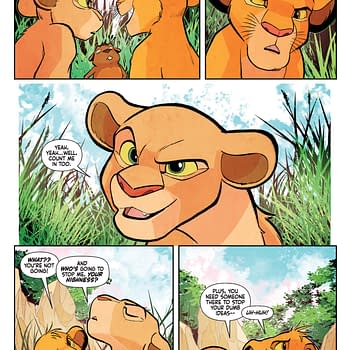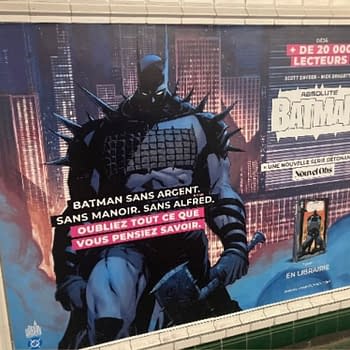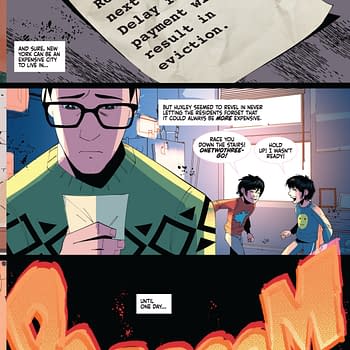Posted in: Comics, Heritage Sponsored, Vintage Paper | Tagged: carl barks, donald duck, four color
Surplus Bomber Economics of Donald Duck in Volcano Valley, at Auction
There's little I can say about the legendary Carl Barks that hasn't been said before. His career as a creator has inspired numerous books and websites (I found Duck Comics Review and Cbarks.dk useful in researching this post). His work continues to find new fans in each successive generation. And as evidenced by yesterday's results at this week's 2021 June 17 – 19 Comics & Comic Art Signature Auction from Heritage Auctions, collectors continue to pay significant money to obtain vintage comic books featuring work by Barks. There's another shot at getting one later today with this Four Color #147 Donald Duck (Dell, 1947) CGC NM 9.4 Off-white to white pages.
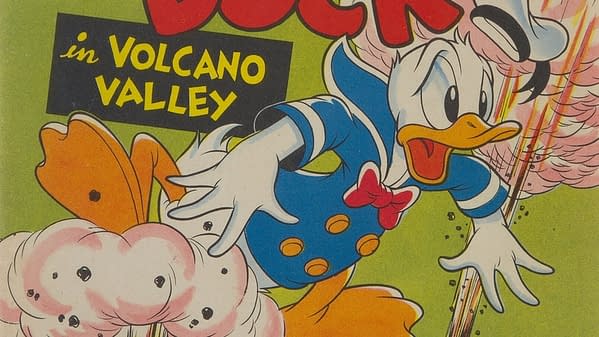
As the story opens, Donald Duck is trying to purchase a model airplane for Huey, Dewey and Louie. But instead of getting a small model, he inadvertently acquires an actual Air Force surplus military bomber for the trivial sum of $2.50 — and quickly discovers it will cost $1200 to fuel up. Happenstance then finds Donald Duck and the nephews flying in the plane to the fictitious Central or South American country of Volcanovia, which is situated in a valley of volcanoes.
It seems likely that the setting of the story was inspired in part by the actual Volcano Valley of South America, the Andagua volcanic field of Peru. As implied in this Donald Duck tale, the region is filled with a number of volcanic domes and cones both large and small, and is surrounded by larger volcanoes. The area also includes the town of Andagua, situated between two canyons.
There is even a historical inspiration for the idea of ridiculously cheap surplus military bombers from the era in which this comic book was created and published. Judging by newspaper headlines from 1946 and 1947, the US government really was eager to unload surplus bombers for next to nothing, relatively speaking, and the news often played with the idea to humorous effect. For example, in 1946, one Air Force salvage officer suggested that surplus bomber fuselages could be converted into homes. An enterprising Milwaukee gas station bought a B-17 bomber to use as an attraction on top of their building. A Hollywood stunt pilot who also operated a "charter airplane service for elopement-minded actors and actresses" purchased 475 surplus bombers and fighters (including Flying Fortresses and Liberator bombers) for use in his business and in movies. And a 1947 story touches on the high cost of fuel faced by Donald Duck in Four Color #147, when a Michigan businessman purchased a staggering 5000+ surplus bombers, to find that they contained some $600,000 worth of aviation gasoline. The Air Force wanted it back.
As noted by Duck Comics Revue, this story is certainly not without its problems, and I agree with the author when he notes "Our goal is to present the master in all his dimensions, including both his glory and his lack thereof." That's a worthy approach to history overall, and Barks comics have a fascinating history indeed. There's a good example in this Four Color #147 Donald Duck (Dell, 1947) CGC NM 9.4 Off-white to white pages. on the block at this week's 2021 June 17 – 19 Comics & Comic Art Signature Auction from Heritage Auctions.
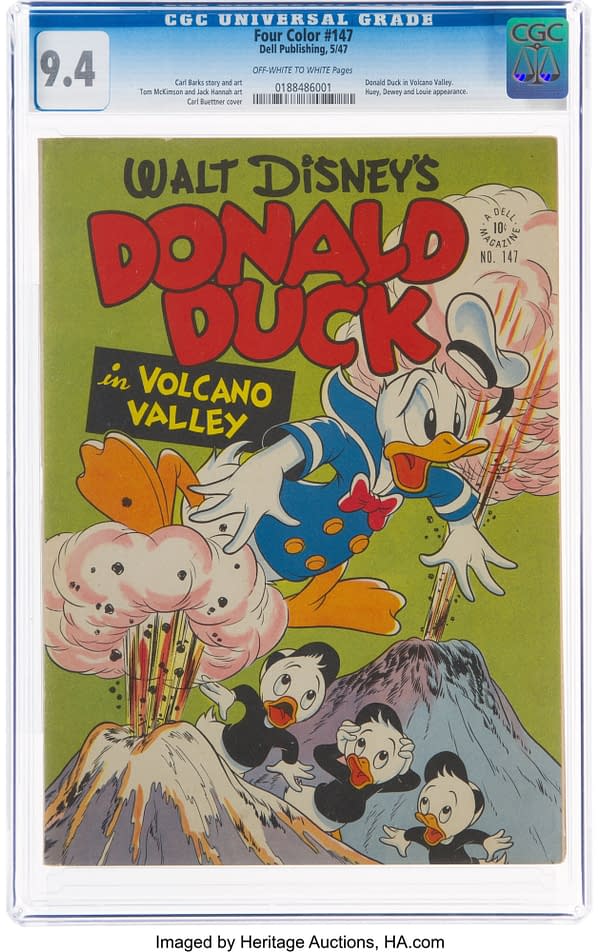
Four Color #147 Donald Duck (Dell, 1947) CGC NM 9.4 Off-white to white pages. Donald Duck in "Volcano Valley". Huey, Dewey, and Louie appearances. Carl Buettner cover. Carl Barks story and art. Jack Hannah art. Overstreet 2020 NM- 9.2 value = $2,900. CGC census 6/21: 7 in 9.4, 2 higher.
View the certification for CGC Certification ID 188486001 and purchase grader's notes if available.










